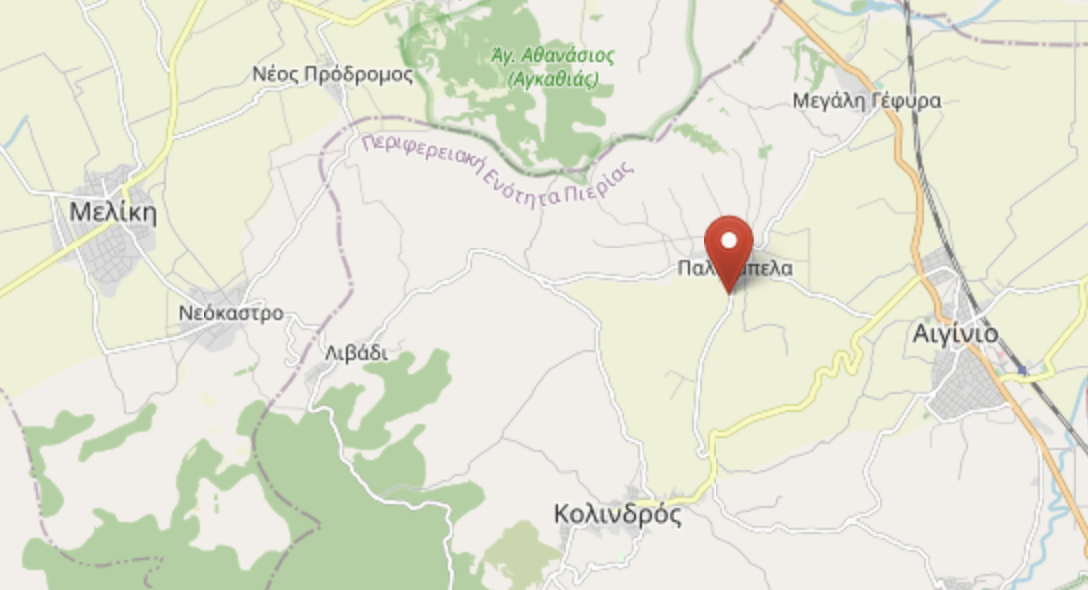Our colleagues from the University of Patras, along with fellow researchers from the Aristotle University, Thessaloniki, have had a paper published in the Journal of Archaeological Science:Reports. “Reconfiguring the 3D excavation archive. Technological shift and data remix in the archaeological project of Paliambela Kolindros, Greece” is based upon their experiences with preparing their data for ARIADNE and the wider implications this has. A recommended read!
The paper can be accessed for free on ScienceDirect at https://authors.elsevier.com/a/1cfpI,rVDBY6hx until 20 April 2021.
Abstract
Recent advances in recording equipment, software solutions and intra-site applications have supported the widespread integration of 3D spatial technologies within archaeological fieldwork. However, the heavy dependence on digital technology to organize excavation research does not come without costs, especially in the case of long-term excavation projects that have employed 3D documentation procedures and need to use, maintain and preserve their 3D archives. This work revisits the digital data collection of the excavation project in Paliambela Kolindros, Greece, which provided one of the first working examples regarding a full 3D workflow in excavation recording and interpretative reasoning. As part of our attempt to integrate part of the 3D excavation archive in the ARIADNEplus infrastructure and with the intention to build up its informational capacity, the article reviews the entire methodology and identifies cases where data reassessment or reprocessing activities link directly to digital knowledge production practices. Based on our experience, we discuss the possibility of regarding the excavation event as a historically situated conversion into an archive to be further transformed and perpetually re-interpreted in the digital continuum. By stressing the dependence of archaeological knowledge work to digital data provenance and transparent data curation practices, we have a chance to both harness the benefits of 3D GIS and improve data preservation chances.

